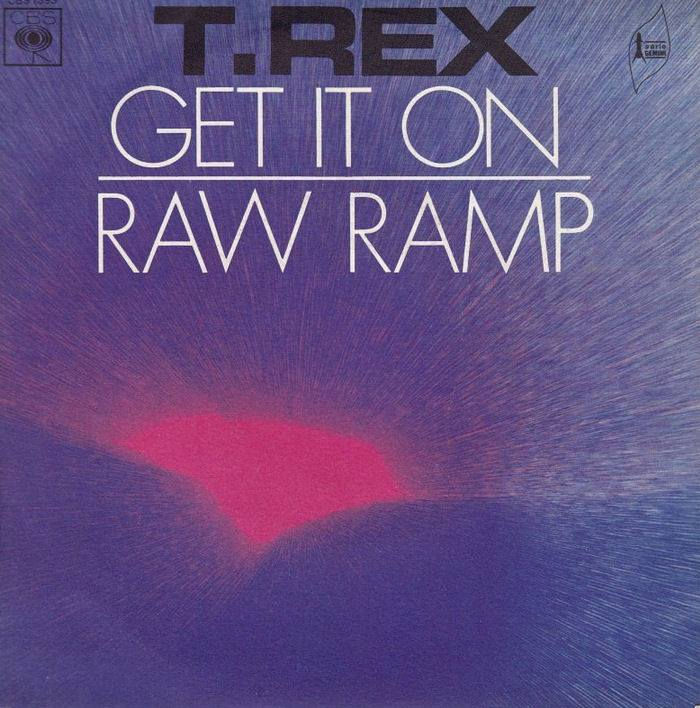T.Rex: "Get It On" Single (1971)
- T.Rex

- Jul 1, 1971
- 2 min read
T.Rex’s "Get It On" was released as a 7-inch vinyl single in the UK by Fly Records (catalog number BUG 10) on July 2, 1971, and as "Bang a Gong (Get It On)" in the US by Reprise Records (catalog number 1015) on September 24, 1971.

Recorded at Trident Studios in London in early 1971, "Get It On" was produced by Tony Visconti. The track was laid down during sessions for the album "Electric Warrior", which solidified T. Rex’s shift to electric rock. The recording featured a tight, groove-heavy sound with a boogie-inspired rhythm, driven by Marc Bolan’s electric guitar and a punchy rhythm section.
The core lineup included Marc Bolan (vocals, guitar), Mickey Finn (congas, bongos), Steve Currie (bass), and Bill Legend (drums). Notably, Rick Wakeman, then a session musician (later of Yes fame), contributed piano, adding a distinctive boogie-woogie flair. Backing vocals by Mark Volman and Howard Kaylan (Flo & Eddie) enhanced the track’s infectious energy.
"Get It On" is a swaggering, upbeat rock song with a driving riff and a sensual, playful vibe. Bolan’s lyrics are flirtatious and evocative, with lines like
“You’re dirty and sweet, clad in black, don’t look back” embodying the glam rock ethos of hedonism and charisma. The song’s raw, bluesy edge and catchy hook made it a dancefloor and radio favorite.

"Get It On" is a glam rock anthem, epitomizing the genre’s blend of theatricality, sexuality, and rock ‘n’ roll swagger. It influenced countless artists, from David Bowie to the punk and new wave movements. The song’s riff and attitude made it timeless, with covers by acts like The Power Station (1985, reaching US No. 9) and its use in films, TV, and commercials.
The UK B-side was "There Was a Time/Raw Ramp," while the US release featured "Cosmic Dancer." The song’s US title, "Bang a Gong," was chosen to avoid confusion with another song called "Get It On" by Chase. The track’s runtime is around 4:27, though radio edits were shorter.
The song’s production is notable for its layered textures, including Wakeman’s piano, a saxophone solo by Ian McDonald (of King Crimson), and Visconti’s polished yet gritty sound. Unlike "Ride a White Swan," it featured a full drum kit, giving it a heavier, more driving rhythm, though still with a minimalist rock edge.

The first pressing was released in a picture sleeve with the labels printed in handwritten text with a silver Fly logo.
The second pressing label was still in a handwritten text but the Fly logo is white
In later pressings return to silver Fly logo and text but the handwritten form has been replaced by a TYPESET in upper case.




Comments